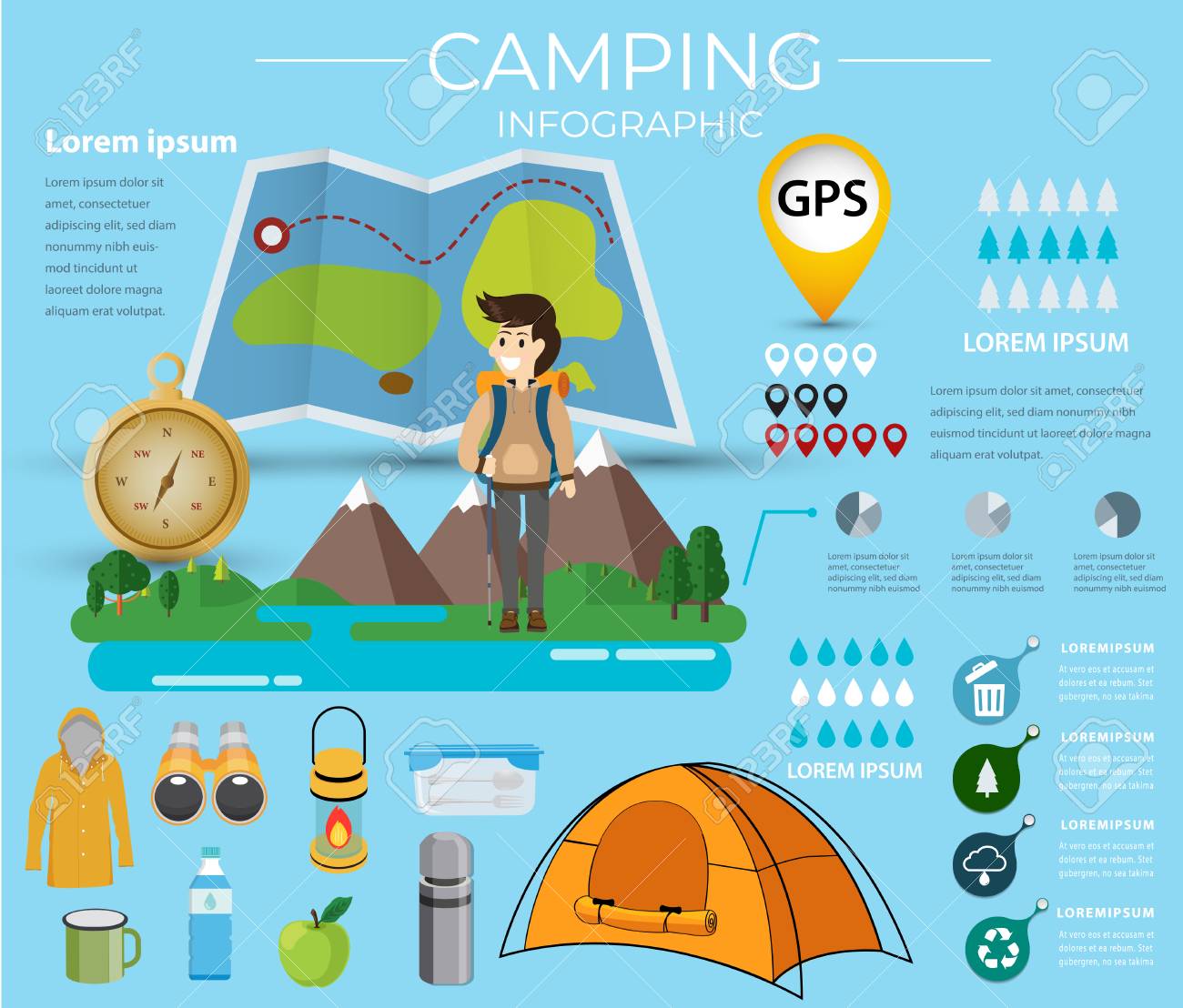Conduct A Flourishing Online Camping Tents Profit Venture By Selling Camping Tents
Conduct A Flourishing Online Camping Tents Profit Venture By Selling Camping Tents
Blog Article
Taking Pictures of the Night Sky
A variety of factors can influence evening sky photography. From weather conditions to upcoming holy occasions, you'll wish to prepare ahead to ensure success.
Are Bell tents worth the money?
The shutter speed you pick identifies whether celebrities appear as exact pin-points or route across the photo. A good guideline is to restrict the exposure to 500 seconds, or the matching of your lens's focal length.
Place
Among the most important consider a good photo is where you take it. Go for locations with very little light air pollution, and avoid locations that have intense city lights and high-rise buildings.
Likewise, look for an area that provides foreground aspects to develop compositions with. For instance, dune patterns, wind-sculpted ridges and rough outcrops can all provide appealing foreground components to help tell the story of your evening skies photograph.
It is also practical to research expensive events such as meteor showers and lunar eclipses to make the most of chances for wonderful photos. Utilizing a device such as the Photographer's Ephemeris can be extremely beneficial when intending your shoots. It helps you to identify moon phases, Galaxy placement and various other astronomical events. Also, think about shooting in RAW style as opposed to JPEG as this offers you extra flexibility when processing the images. This is particularly real if you prepare to publish your images.
Camera Settings
Getting the best cam setups is necessary for any photograph, but especially so for night sky photos. A wide-angle lens is best for capturing more of the Milky Way and decreasing star trails, as well as a longer shutter speed to stop the movement of stars and reveal their information.
For an optimum degree of clarity, shoot in RAW fancy camping tent style rather than JPEG, which enables you to protect even more information and supplies versatility during post-processing. This can likewise contribute to file size, so make sure you have plenty of storage space and extra memory cards on hand.
Set your emphasis to manual focusing by flipping the AF/MF activate your lens right into MF setting. You might require to take a couple of examination shots and examine the photo playback on your video camera's LCD screen up until you achieve perfect, determine hand-operated focus. It's a great concept to do this throughout the day with your picked lens and the place you will be contending evening, to verify the precision of your emphasis setting.
Lights
A good night skies picture needs the best conditions. This includes a dark skies, yet also a fascinating foreground aspect such as a mountain imminent, a lake to reflect the celebrities, or a human component like a barn or shed. You can also utilize a headlamp to illuminate the foreground and add some drama or deepness to your photo.
One of the most vital cam setups for evening sky photography are the aperture and shutter speed. The wider the aperture, the much more light that reaches the sensor. This allows you to record brilliant stars in a fairly brief amount of time.
The shutter rate figures out whether your stars will be pin-point ideal or if they will certainly appear as celebrity routes due to the Planet's turning. Be sure to take several lengthy exposure shots and pile them in post-processing for the best results. Finally, shoot in RAW setting to offer yourself maximum latitude in post-processing.
Composition
The key to stunning celebrity shots isn't a high-end telescope, a new wide-angle lens or a state-of-the-art Canon or Nikon electronic camera. It's strategy, planning and composition.
For starters, scout your shoot location in advance to get a feel for the layout and possible structures. Consider integrating foreground elements such as rocks, a lake or alpenglow on the landscape to include character and passion to your images.
Bear in mind the Rule of Thirds when composing your images. This basic principle aids equilibrium and combine images. It's additionally useful for focusing on sights in your picture, such as rock attributes or the Galaxy. Also, bear in mind to prepare your shoots around moon phases-- capturing at a full moon can subdue stars and produce a silhouetted form, while firing on nights with a new moon can assist you see constellations much more clearly.
How do I keep my canvas from shrinking?
